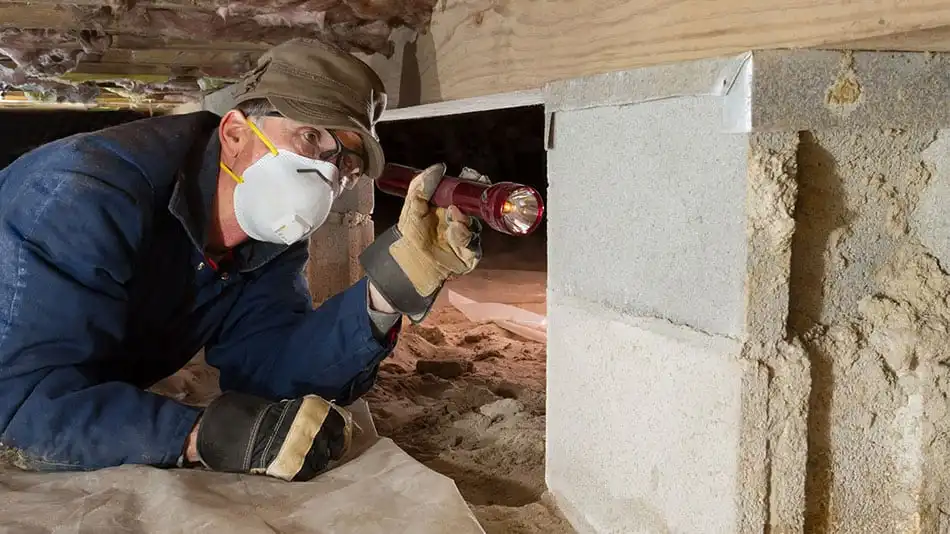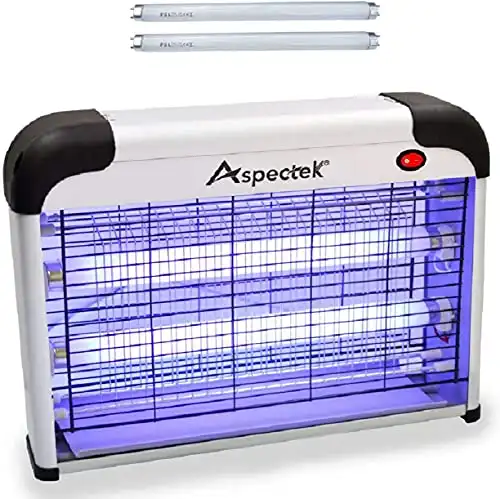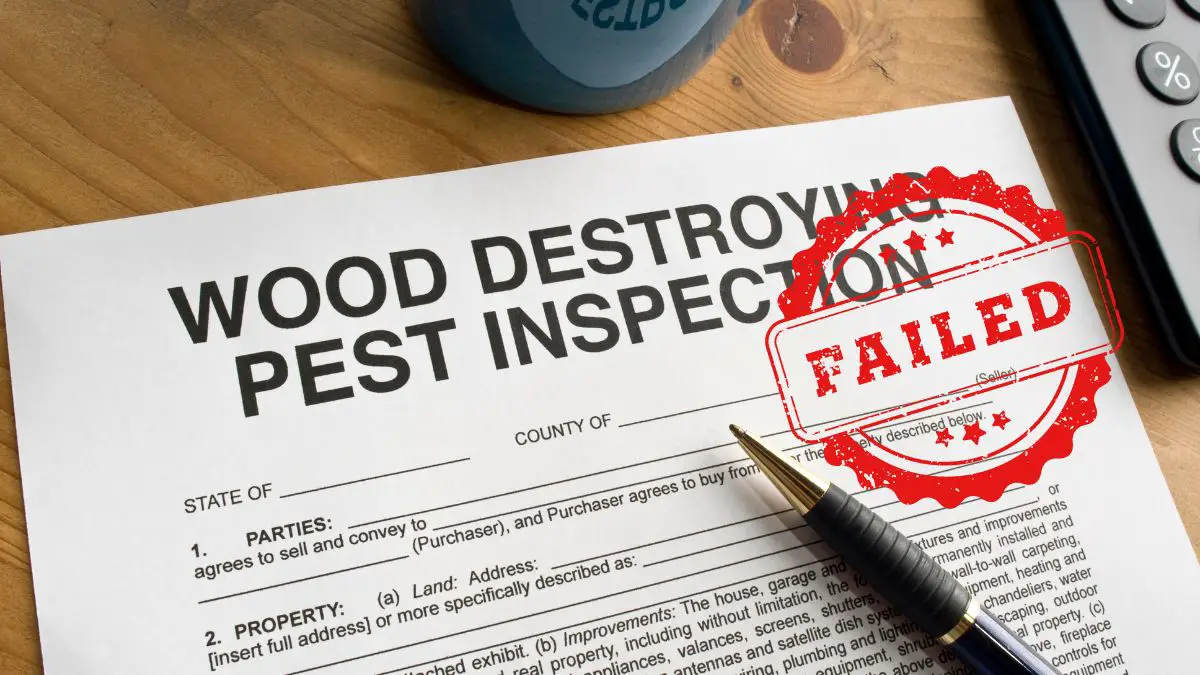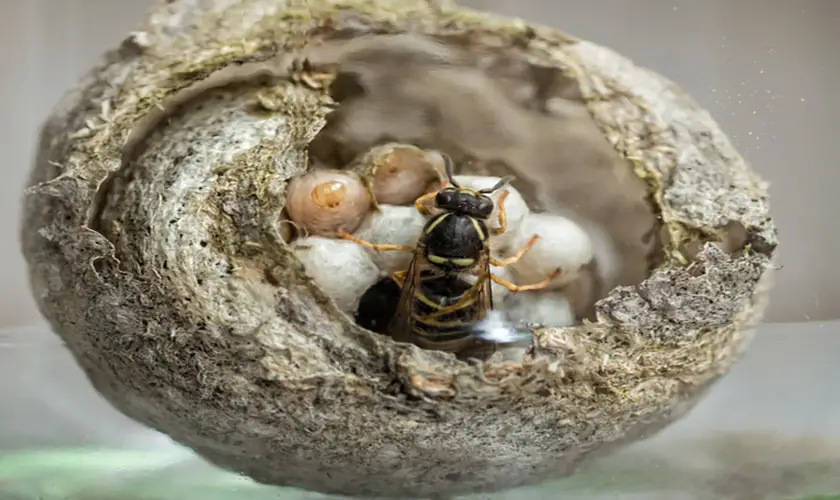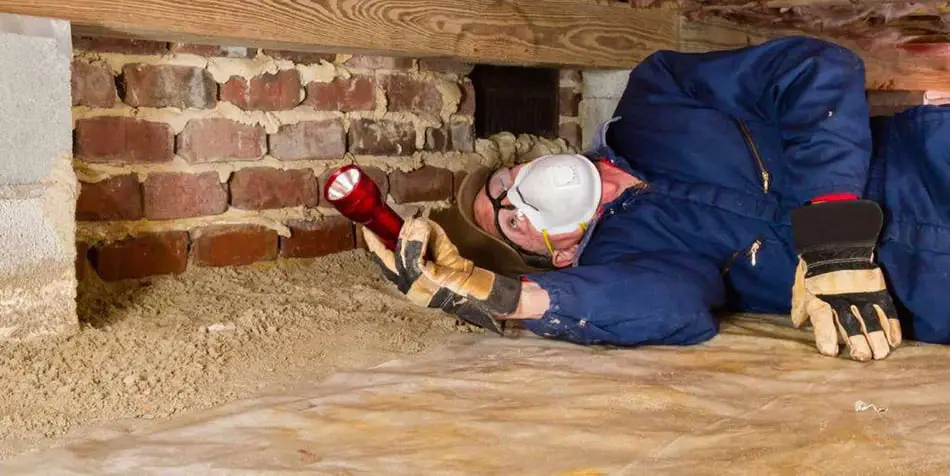
There are many types of bug zappers for indoor and outdoor use. Whether you’re looking for the best indoor bug zapper or an outdoor bug zapper, it’s essential to know what you should be looking for.
You can use a bug zapper that draws insects with ultraviolet light indoors, providing certain safety precautions. Placing the bug zapper away from water and out of the reach of children and pets is necessary when using a bug zapper indoors.
Get FREE quotes from licensed pest control technicians in your area today. Whether you need spraying for ants, roaches, spiders, ticks, mosquitos, or bed bugs, We Can Help! All technicians are screened, licensed, and insured.
Here are six things you should know about using a bug zapper indoors.
1. Type of Bug Zappers for Indoor Usage
There are many types of indoor bug zappers on the market. When choosing the best bug zapper indoors, you must first consider your situation.
Ceiling, Mounted, or Countertop Bug Zappers
Choose a unit hung from the ceiling or mounted on a wall if you have children or pets. A countertop model may suffice perfectly in your home if you live alone or with another adult.
Lantern Bug Zappers
If maintaining a particular design aesthetic is essential, you may want to consider a bug zapper that resembles a lantern or a nightlight you can inconspicuously plug into the wall.
Space Heater Resemblance Bug Zappers
Some indoor bug zappers look like portable heaters and are more evident and cumbersome than the more design-conscious options.
Battery-operated Bug Zappers
Consider a battery-operated unit for convenience and portability when choosing a bug zapper with no electrical outlet available for indoor use. You may also want to select a device with a tray for debris removal to avoid an unnecessary mess.
Handheld Bug Zappers
Another popular option for indoor bug-zapping is a handheld unit. These bug zappers resemble a tennis racket that can be charged overnight and will last about two weeks before re-charging.
This style of bug zapper offers versatility as you can use them on an as-needed basis in any room of your house.
Best Overall: ASPECTEK Electronic Insect Indoor Killer
The best all-around indoor bug zapper is the ASPECTEK Electronic Insect Indoor Killer. This particular unit is excellent for controlling flies, moths, and mosquitoes. It does not use chemicals, keeping your house from harmful toxins.
It contains a mesh screen that will prevent anyone from accidentally touching the electrified grid, a great feature if you have children or pets. This bug zapper can be mounted on a wall or stand upright on a flat surface.
The electric grid on this model is self-cleaning, a massive plus for the busy homeowner, and has a removable debris tray placed in the dishwasher for cleaning and sterilization.
2. Placement of Where to Put a Bug Zapper Indoors
When using a bug zapper indoors, choosing the right location for the unit is essential.
If you have children or pets, placing your bug zapper out of their reach is a good idea. Make sure you hang the unit 5 to 7 feet from floor level.
Place the unit 15 to 20 feet away from the living rooms or the kitchen table. These places will be more where your family congregates together.
Hanging Bug Zappers
Placing a bug zapper above a door is standard practice, as it will attract insects as they enter the building. When hanging a bug zapper from the ceiling, be sure to use a proper hook that can accommodate the weight of your unit.
Place Bug Zappers on a Wall
Some bug zappers models are designed for mounting to the wall. You can purchase these zappers along with the appropriate hardware. You’ll want to check the manufacturers’ instructions to see if you can place it here.
You can hang wall-mounted bug zappers designed for indoor use in any room. This may be a good option for you if you have lower ceilings or limited space.
Flat Surfaces
Bug zappers can also be placed on a flat surface when using them indoors. We do not recommend this option if you have children or pets that could potentially touch or upset your unit.
Suppose you choose to place your unit on a surface. In that case, you may consider buying a model surrounded by outer shielding, thus protecting anyone from accidentally touching the dangerous elements.
Be sure to place your bug zapper on a solid surface away from a water source.
3. Areas of Concern with Bug Zappers
There are four areas of concern for human safety and bug zappers;
- Electrocution
- UV-A light exposure
- Risk of fire
- Exposure to disease
Let us dive a bit deeper into these subjects below:
Electrocution
There is very little chance of being fatally electrocuted by a bug zapper. If a person were to touch the inner wires of a bug zapper, they might experience a mild to severe shock, depending on the voltage of the unit.
It is best not to touch any unit parts carrying an electric charge, significantly if the device has fallen into water or is placed near water. Of course, children should always be kept from touching a bug zapper.
UV-A Light Exposure
Some people are concerned about the exposure to UV light given off by bug zappers, primarily when they use the unit indoors. The lightbulbs found in bug zappers create UV light called UV-A light (the blue light you see in the system).
UV-A lighting is the same light that tanning beds use to produce a tanning reaction in the skin but at a much lower intensity.
Because UV-A light from a bug zapper is much weaker than the light produced by a tanning bed, it will not harm the skin.
The UV-A light from a bug zapper is not strong enough to spread throughout your home, and only a short distance (around 10 inches) from the unit is needed to avoid any effects on the skin.
Manufacturers recommend not sitting close to the units as a precaution which helps form the habit of maintaining a bit of distance between yourself and the bug zapper.
Potential Fire Hazards
When starting unwanted fires, bug zappers are rarely the direct cause. Most bug zappers are UL-tested, designed to melt and extinguish during an emergency, and won’t catch on fire.
The fire risk exists when any electrical cords connected to a bug zapper become wet or damaged or when the unit interacts with an explosive element in the surrounding environment.
For example, you want to avoid placing a bug zapper near things such as;
- Packaging
- Cleaning supplies
- Gasoline
- Alcohol
- Paint, etc
This is particularly relevant for handheld bug zappers, which can easily make their way into careless hands and cause accidents.
PMC did a case study in 2014 that showed an unfortunate event where a woman rubbed alcohol to treat mosquito bites on her legs and then waved a handheld bug zapper about 40 inches from her legs. The heat from the zapper was enough to ignite the alcohol and resulted in severe burns.
Exposure to Diseases
Insects often carry unwanted diseases and bacteria. When they fly into a bug zapper, their bodies break down into bits that can contain live bacteria and viruses. These potentially harmful elements can spread up to 7 feet.
Examples of bacteria and viruses include;
- Enterococci
- Staphylococci
- Campylobacter jejuni
- Serratia marcescens
- In addition, flies carry other potentially dangerous bacteria and viruses.
It would help if you did not place bug zappers in a kitchen or other place where food is eaten or prepared. Additionally, children should not play with the bug zapper or underneath it.
Adding a debris tray to your unit may help reduce the spread of unwanted organisms from the dead insects. For more details on the harm, a bug zapper can cause humans, check out our article here.
4. Leaving a Bug Zapper on All Night: Yes or No?
An indoor bug zapper can be left on all night, ensuring the conditions are safe. It is wise to clean the debris tray before leaving the unit unsupervised, and it must be hung securely and placed in a location free of any flammable substances.
Leaving your bug zapper on all night is an excellent way to kill as many bugs as possible and interfere with their breeding cycle.
Keeping your bug zapper on may be a promising approach for the first few days after opening a cottage or another building that is not used year-round.
If you don’t feel comfortable running a giant zapper non-stop, you can always opt to turn it on in the early morning and turn it off in the evening.
5. The Difference Between Indoor & Outdoor Bug Zappers
Bug zappers consist of the following components:
- Housing: A cylinder or rectangular-shaped plastic or metal casing that surrounds the inner parts of the bug zapper. You may add a mesh to prohibit kids and pets from touching the electrical components.
- Electrified layers of wire mesh: The wires are placed around the lights, containing a small opening for insects to fit through.
- Transformer: Which transforms the 120-voltage from your electrical line into 2000 plus voltage or more.
- Fluorescent light: Usually ultraviolet, mercury, or neon.
Despite their similarities, there are some differences between indoor and outdoor bug zappers.
Indoor Bug Zappers
Indoor bug zappers typically come in more variations and with more options than outdoor units. Indoor units have white UV lights instead of the bright blue or purple lights that are part of outdoor units.
The blue or purple lights are too bright and distracting for indoor use and don’t easily blend with indoor decor. Indoor bug zappers typically are sold as wall mounts or as tabletop units.
Some indoor units come as nightlights which are handy for their practicality. Handheld bug zappers are also commonly meant for indoor use.
Outdoor Bug Zappers
Outdoor bug zappers are better able to handle the elements. They are larger, sturdier, and heavier than indoor bug zappers and often have attached debris trays.
These units are typically found hanging and are integrated into patio or deck designs. Usually, outdoors units may contain chemicals or release carbon dioxide to attract undesirable insects such as mosquitos.
Outdoor bug zappers without carbon monoxide are not nearly as effective at attracting and killing mosquitos.
Some models of bug zappers work equally well both indoors and outdoors. Your local hardware store will have information on which units work best for your needs.
6. Can an Outdoor Bug Zapper be Used Indoors?
You can use an outdoor bug zapper inside; however, it might need some modification.
The main difference between an indoor and outdoor bug zapper is that the outdoor units are larger and often do not have a collection system for insect debris.
It’s best to purchase a unit rated for indoor and outdoor use, like this one:
If you wish, you can make a simple DIY collection system for your outdoor bug zapper. Here is an example of a homemade debris collection tray and how to make one yourself.
You want to ensure that your outdoor unit does not contain any chemicals or other harmful substances meant to stay outside.
Also, remember that outdoor bug zappers often have a bright blue or purple light, which may or may not be suitable for the inside of your house.
Final Thoughts
Bug zappers come in all shapes and sizes and are constructed for indoor and outdoor use or a combination of the two. Despite their bright purple light and larger size, you may use outdoor bug zappers indoors if the need arises when used with the proper precautions.
Like any electronic device, bug zappers must be handled with care and used conducive to safety, especially for homeowners with children and pets.
Although not overly dangerous to humans, you must never place bug zappers in or around water. When they are brought indoors, it is best to hang your unit from the ceiling away from busy areas in your house or mount it on the wall out of harm’s way.
With the large selection of bug zappers on the market, you are sure to find the best unit for your needs, whether for indoor or outdoor use.
Get FREE quotes from licensed pest control technicians in your area today. Whether you need spraying for ants, roaches, spiders, ticks, mosquitos, or bed bugs, We Can Help! All technicians are screened, licensed, and insured.


